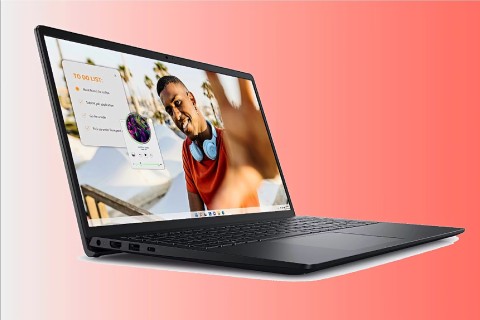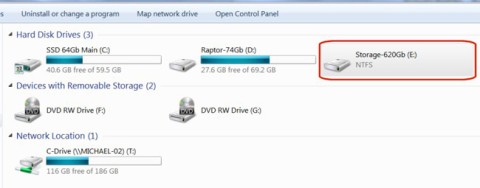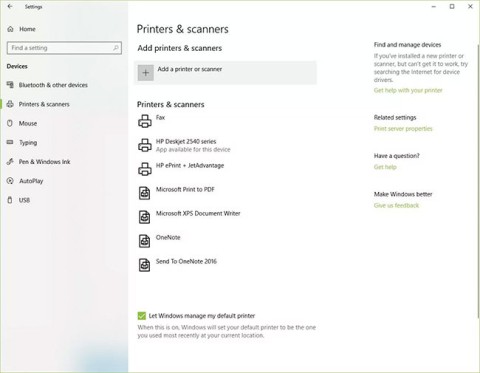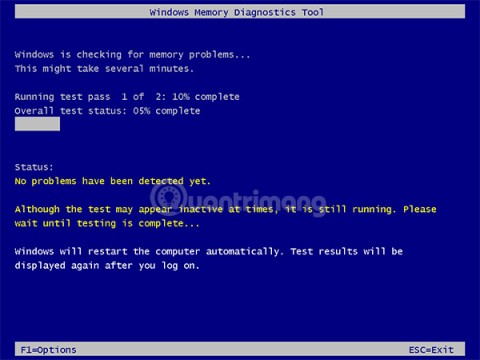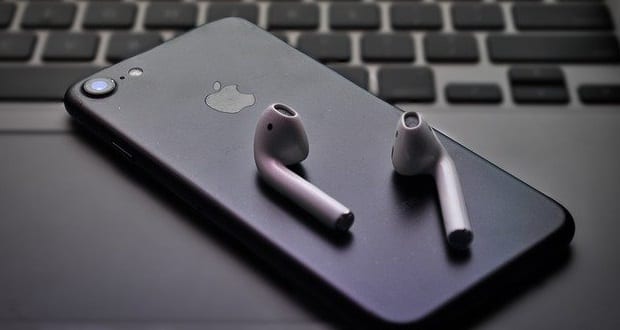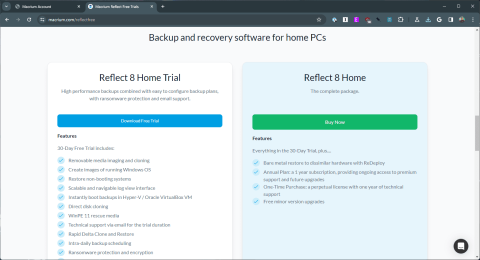Все про iOS 26
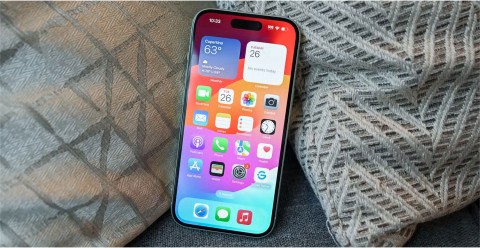
Apple представила iOS 26 – велике оновлення з абсолютно новим дизайном з матового скла, розумнішими можливостями та покращеннями звичних програм.
If you’ve ever looked inside a PC tower you can see that there are a lot of different components. Your average laptop contains most of the same components but shrinks them down, reformats them, and cuts out as much “wasted” space as possible. A smartphone can do the same things as a desktop or laptop computer, though admittedly, not as quickly. It does so because it contains the same sort of hardware. In the tiny body of a smartphone though, there’s really not enough space for things to even look like a laptop. To get around the significant space constraints, an entirely new design paradigm is used.
System On Chip
A computer is powered by a CPU, a smartphone by an SoC, or a System on Chip. The SoC contains a CPU, but it also contains far more than that. And that is what differentiates it, and enables the tiny smartphone form factor to offer the same features as a computer while fitting in your pocket and running off a small battery.
Note: SoC is short for System on Chip, however, the contraction System on a Chip makes more grammatical sense. If it helps you can assume the “a” is in parentheses and goes assumed but unsaid.
The computer paradigm is to separate the parts so you can independently optimise each of them and cool them properly, though laptops tend to struggle with that last part. The mobile paradigm is to group everything together into one all-encompassing super-chip a full computer system on a single chip.
What does an SoC contain?
It really depends on the SoC and what it’s intended for. It does need to contain at least one processing core. This can be a general-purpose CPU core, or it can be a microcontroller core or something more specific like a digital signal processor. Typically, an SoC will contain multiple processing cores, though some simple products may only use one. An SoC must also contain some sort of interconnect to connect different components on the chip. Historically, this has been a shared bus, however, current and future systems are trending towards a more robust network-like system referred to as an NoC or Network on Chip.
Tip: A NoC is not to be confused with a NOC or Network Operations Centre.
Pretty much everything else is optional, though more must be contained for it to be an SoC. Memory and the memory controller can be integrated into the chip in the form of SRAM cache and DRAM, though off-chip memory can also be used. SoCs intended for smartphones tend to have other types of processing units such as a GPU, NPU, and digital signal processor integrated.
zzz
Why choose an SoC?
Typically, an SoC will be a single monolithic silicon chip. That said, modern packaging technologies are starting to enable the 3D stacking of silicon chips on top of each other. These 3D designs tend to still be referred to as single chips and so are SoCs. An SoC that makes use of distinct chiplets is differentiated as a System In Package or SIP.
Designing a system that integrates everything into a single chip is excellent for space-constrained environments as IP density on silicon is extremely high. Nevertheless, space challenges do occur. Larger chips tend to have lower yields as defects in the silicon wafer are more likely to affect any given chip. Packing a lot of processing power together also means there can be a lot of heat production. Combined this means that compromises must be made to ensure a stable system. This also synergises well with the power requirements of the many battery-powered devices that utilise SoCs where power efficiency is key.
For direct end-user devices, a balance between high power efficiency and high performance must be found. To that end most smartphone SoCs utilise a range of CPU cores some of which are tuned for performance and others tuned for efficiency.
By placing everything on a single chip, latency is minimised and higher bandwidths can be achieved. Additionally, the power needed to communicate signals is reduced as “cables” are shorter. With a tightly integrated chip, there is less to go wrong. Additionally, manufacturing costs don’t include costs for extra combination steps such as in a chiplet design.
Limitations of an SoC
The single biggest limitation of an SoC is the heat/power density. It is difficult to cool devices, especially something like a smartphone that has to rely on passive cooling. An SoC has to be tuned to its expected thermal envelope. This is ultimately the performance limiting factor on smartphones. When expanded to devices with more active cooling such as recent Mac books with Apple’s self-designed silicon, the power budget can be increased as that heat can be dissipated more efficiently. As such the M1 and M2 chips offer significantly more processing power than a smartphone SoC.
There is a limit to this though. Modern high-end CPUs and GPUs are already incredibly hot. You simply cannot just integrate both into one great big SoC. The thermal density would just be too high, and it would be essentially impossible to cool. Some of these devices, GPUs more than CPUs are also reaching the limits of current technology as far as monolithic chips go. This can be seen with the shift already having started towards chiplet designs.
Chiplets help in many ways, reducing some design costs and increasing yields but don’t have a massive effect on thermals as the chiplets still need to be packaged really close to each other and share the same heat dissipation equipment. As such, there is only so much processing power that can be crammed into an SoC before it gets too big and unwieldy, at which point greater performance can be achieved by splitting components out as seen in modern computers.
That said, computers are slowly integrating more and more features onto the CPU. There are performance benefits to doing so. This process is unlikely to extend too far though. Mass storage, DRAM, and high-end graphics especially are unlikely to be integrated.
Conclusion
SoC stands for System on Chip. It is not to be confused with SOC which stands for Security Operations Centre or Systems and Organisation Controls. It is the concept of integrating most of the components of a computing device directly into a single silicon chip. The core of the chip is the CPU but most other components and processing power are also directly included. The SoC design paradigm has been extremely successful in the smartphone market. It also sees use in embedded devices, IoT, and industrial systems where it offers more “smarts” than traditional microcontrollers. SoCs can also be found in tablets and some thin-and-light laptops.
Given their market, SoCs are typically tuned for power efficiency with optional peak performance on demand. This isn’t necessarily integral to the design though. Overall performance is limited by thermal density which implies that there are limits as to how much functionality should be integrated into an SoC rather than being split out.
Apple представила iOS 26 – велике оновлення з абсолютно новим дизайном з матового скла, розумнішими можливостями та покращеннями звичних програм.
Студентам потрібен певний тип ноутбука для навчання. Він має бути не лише достатньо потужним для успішного навчання за обраною спеціальністю, але й компактним і легким, щоб носити його з собою цілий день.
У цій статті ми розповімо вам, як відновити доступ до жорсткого диска, якщо він вийшов з ладу. Давайте продовжимо!
На перший погляд, AirPods виглядають як будь-які інші справжні бездротові навушники. Але все змінилося, коли було виявлено кілька маловідомих функцій.
Додавання принтера до Windows 10 просте, хоча процес для дротових пристроїв відрізнятиметься від процесу для бездротових пристроїв.
Як відомо, оперативна пам'ять є дуже важливою апаратною частиною комп'ютера, яка виконує функцію пам'яті для обробки даних і є фактором, що визначає швидкість роботи ноутбука або ПК. У статті нижче WebTech360 ознайомить вас із деякими способами перевірки помилок оперативної пам'яті за допомогою програмного забезпечення у Windows.
Дізнайтеся, як виправити проблему підключення AirPods до Zoom на Mac за допомогою простих рішення.
У сучасну цифрову епоху, коли дані є цінним активом, клонування жорсткого диска в Windows може бути вирішальним процесом для багатьох. Цей вичерпний посібник
Ви стикаєтеся з повідомленням про помилку під час завантаження комп’ютера, у якому йдеться про те, що драйвер WUDFRd не вдалося завантажити на ваш комп’ютер?
Ви відчуваєте код помилки NVIDIA GeForce 0x0003 на робочому столі? Якщо так, прочитайте блог, щоб дізнатися, як швидко та легко виправити цю помилку.
